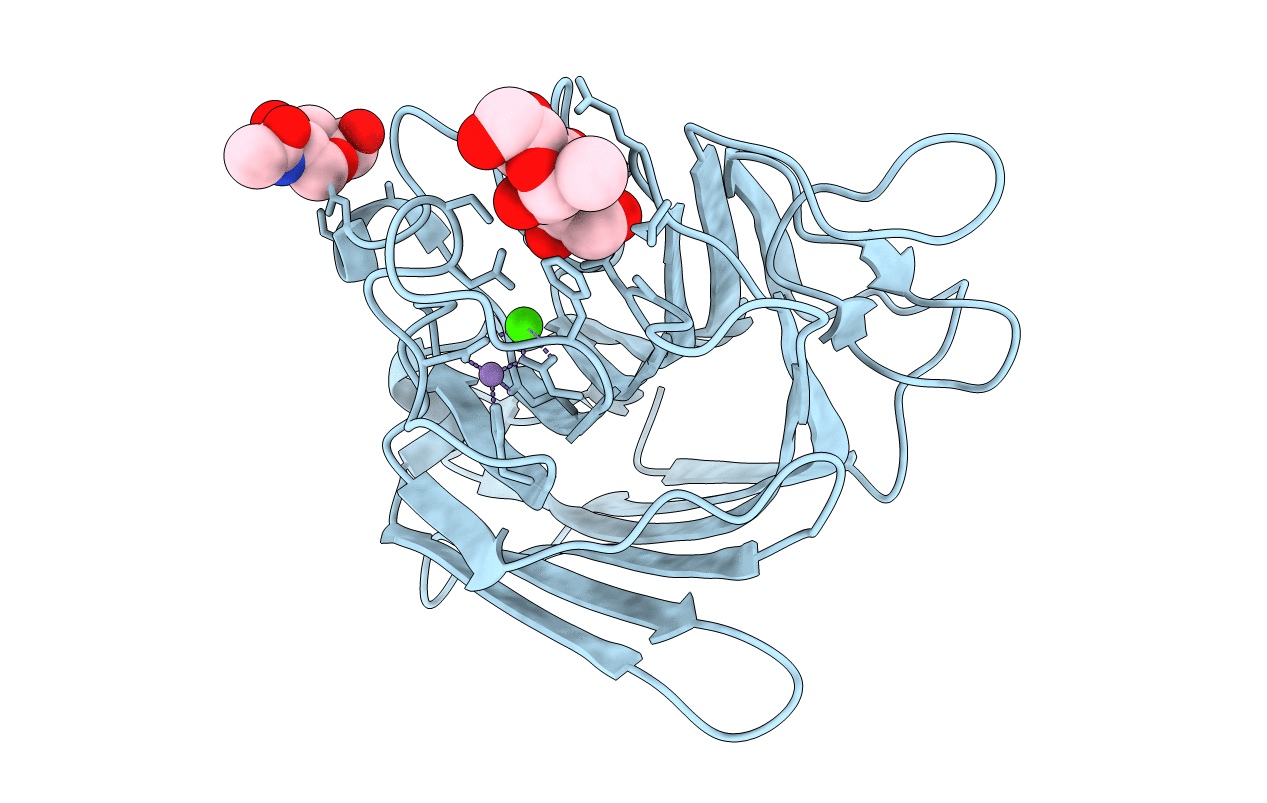
Deposition Date
2016-12-01
Release Date
2017-10-04
Last Version Date
2024-11-13
Entry Detail
PDB ID:
5U38
Keywords:
Title:
Crystal structure of native lectin from Platypodium elegans seeds (PELa) complexed with Man1-3Man-OMe.
Biological Source:
Source Organism:
Platypodium elegans (Taxon ID: 115002)
Method Details:
Experimental Method:
Resolution:
1.60 Å
R-Value Free:
0.20
R-Value Work:
0.18
R-Value Observed:
0.18
Space Group:
C 2 2 21


